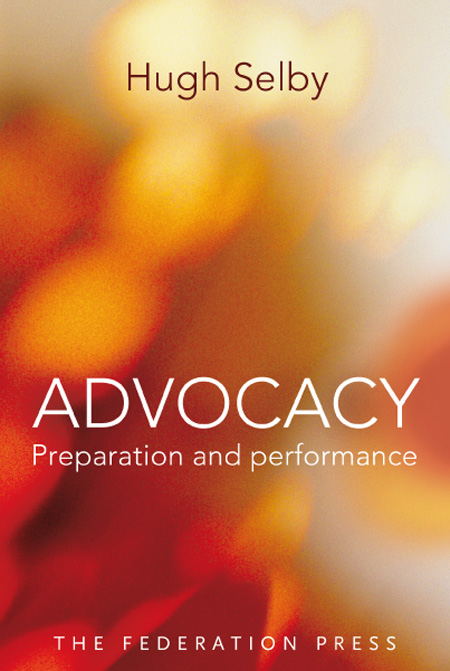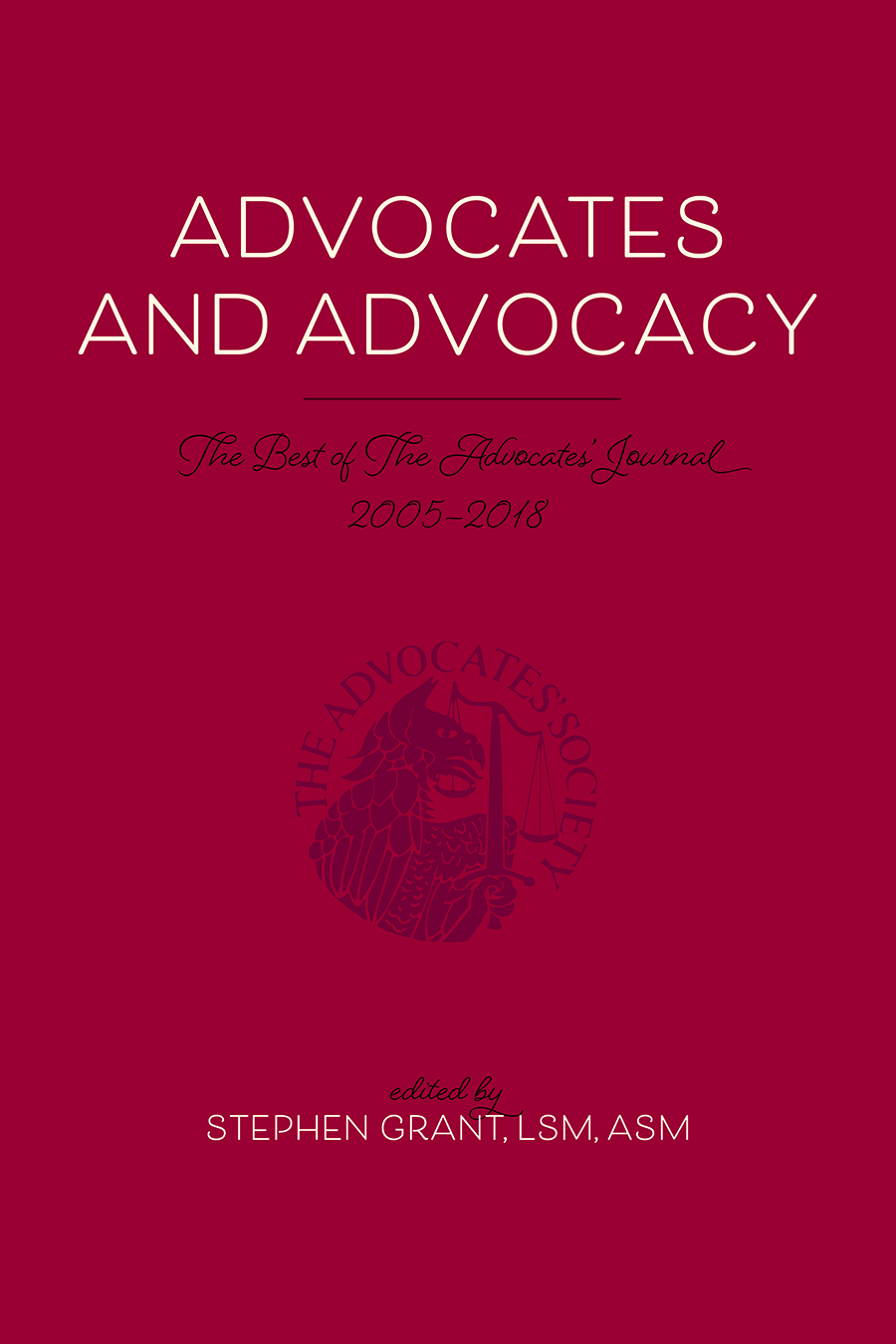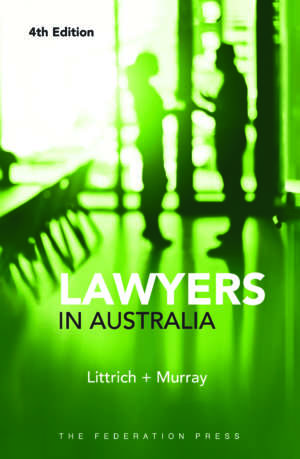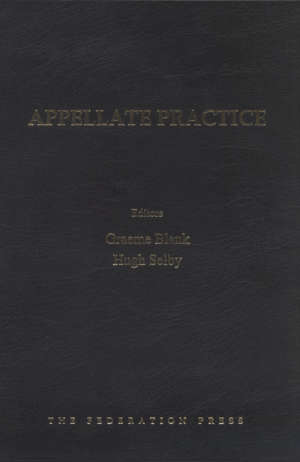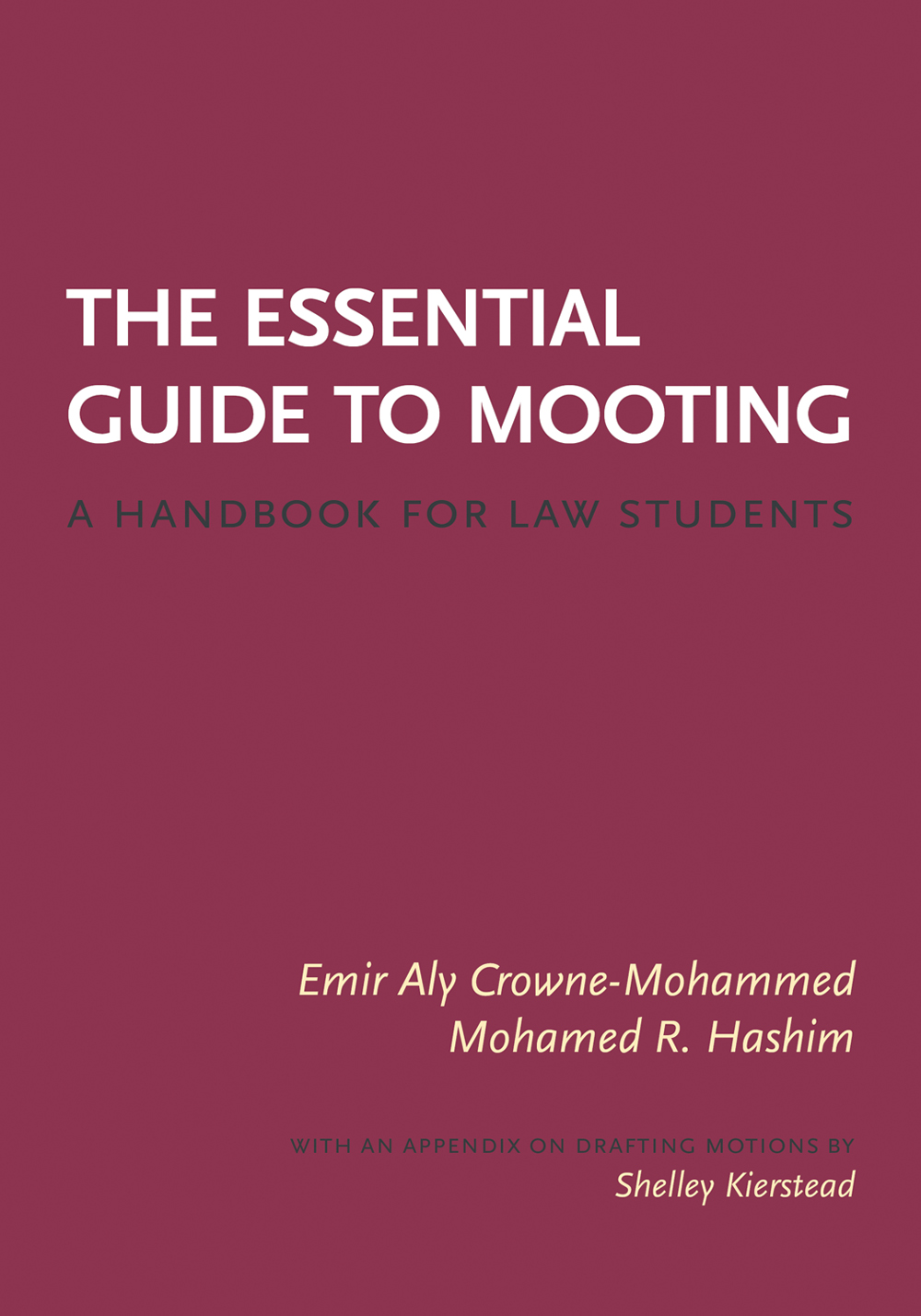Product Description
Persuasive questioning and argument in our courts and tribunals need skills in case preparation and techniques of presentation. Those skills and techniques are gained by a combination of understanding and practice.
This book explains the ‘what’, the ‘why’ and the ‘how’ of basic skills and techniques. The reader is then ready to practice.
Knowing the needs and wants of the audience, identifying the links among legal concepts, facts and witnesses, are at the heart of case preparation. That knowledge guides the content and tone of both argument and opening address.
Of course the advocate must also be able to ask questions that both bring out the evidence in an acceptable manner and keep the right level of control over each witness.
Advocacy is a skill that can always be improved, whether the practitioner is renowned or a novice. This is a book for the new comer, an explanation and illustration of the essential first steps along the road to renown.
Knowing the Audience and Planning the Case
Just another shoplifting case
Knowing your audience
Developing your law and fact case ‘step by step’
Mastery of both sides of the case: good facts, bad facts, and priorities
Illustrative cases and a procedural template
What is your Game Plan?
Developing a plan
The tenant’s game plan
The renovation game plan
The shopper’s game plan
Mastering the Facts
The nature of the interview
The scene
A report from an expert
Do not ask ‘Did you do it?’, but…
Setting an agenda of topics for the interview
Types of questions
Asking open questions
Demonstrative aids
Argument
Argument
Interlocutory applications procedure
Argument for a plea-in-mitigation
Closing address
The Advocate as Conductor
Painting the picture
What is my position in court?
Where do I look?
Masking my anxiety?
What do I call people in court?
Opening statements
AgendasHow to use the circles method for an agenda and questioning
Questioning my witnesses Using a written statementEstablishing a base point
Explaining distancesDescribing the lightingExplaining time
Describing a person
The Performing Witness
Preparing the witness
Giving evidence
To Do or Not to Do
Should I cross-examine?
How do I cross-examine?Exploit your nice sideThe importance of gate-closingAvoid being argumentativeInquisitiveness invites disasterExploiting the failure to explainPotting
The too-talkative witness
Leading questions
The rule of fairness
Making and responding to objections
Impeachment
Credibility matters
Hearsay
An Advocacy Dictionary
Index

